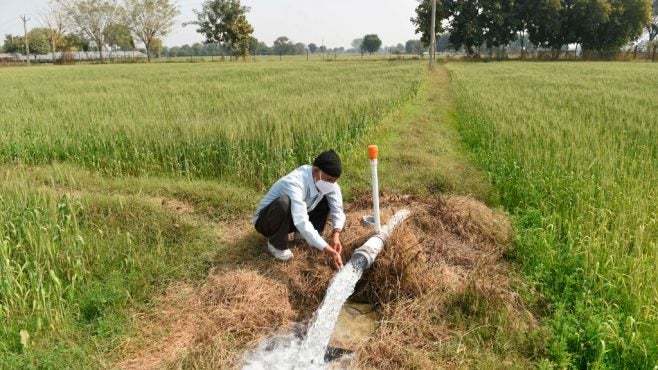The Indian government is falling far short of its target to install two million off-grid solar irrigation pumps in the agricultural sector by 2022, as many farmers fail to access the requisite financing, states a report from US not-for-profit the Institute for Energy Economics and Financial Analysis (IEEFA).

The ‘PM-KUSUM’ scheme set up in July 2019 by the central government hopes to deploy 30.8GW of solar irrigation pumps by March 2022. However, against the target of two million pumps, only 246,000 were installed in the 2019/2020 fiscal year.

Discover B2B Marketing That Performs
Combine business intelligence and editorial excellence to reach engaged professionals across 36 leading media platforms.
Solar irrigation systems generate electricity using solar PV cells in order to power irrigation pumps. The technology supports the uptake of distributed solar power generation, while also meeting the power demands of the agricultural sector, which is responsible for roughly 20% of India's electricity consumption, the report states.
However, investing in the upfront cost of the pump and accessing formal bank credit remains a key challenge for small-scale farmers, as banks do not consider farmers' land to be strong collateral against a loan, the IEEFA says.

US Tariffs are shifting - will you react or anticipate?
Don’t let policy changes catch you off guard. Stay proactive with real-time data and expert analysis.
By GlobalData




